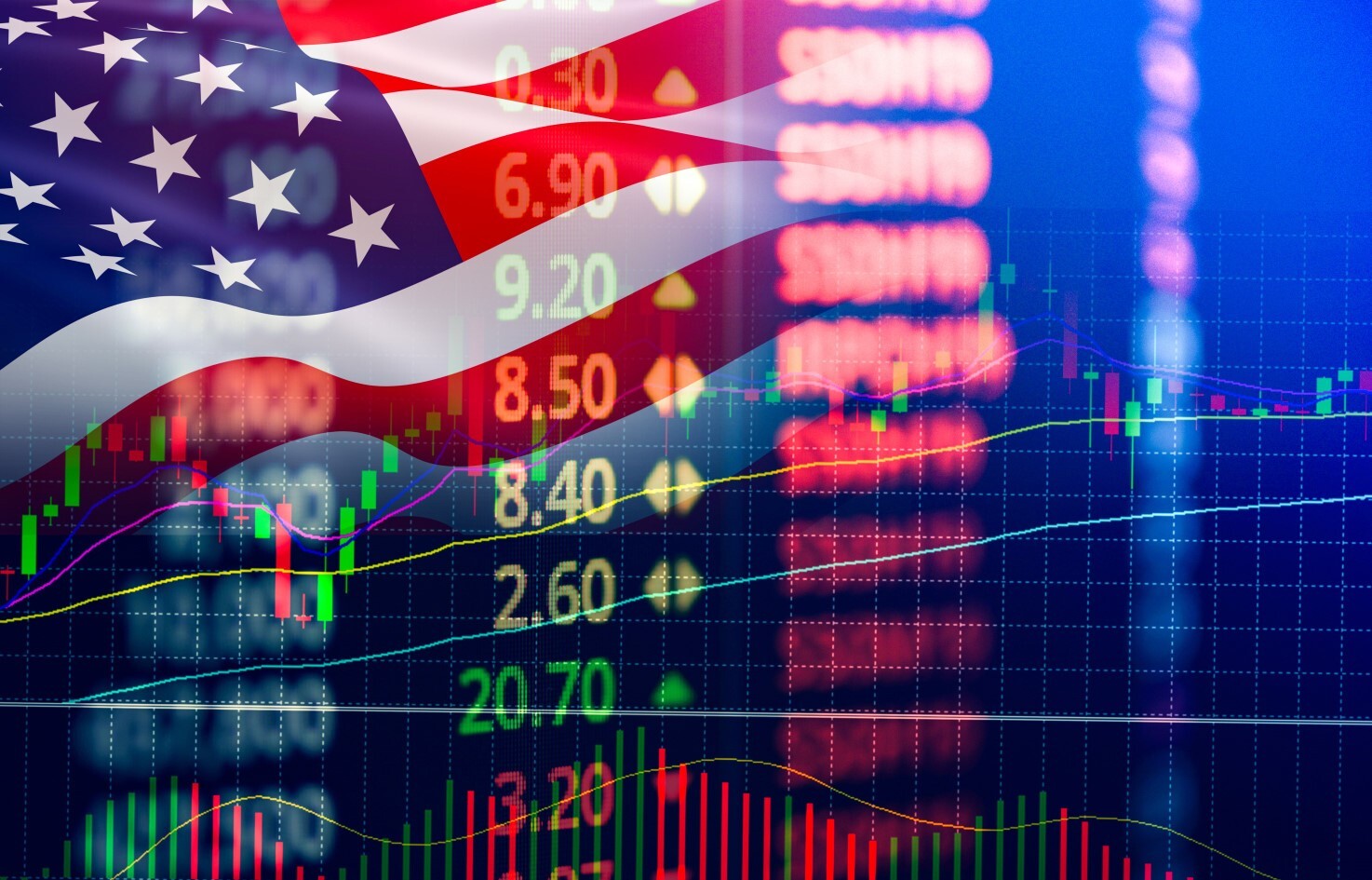Why investing outside your home market could lead you to better returns — even if your shares themselves don’t rise in price.
The United States is home to the biggest stock markets in the world.
The most well-known is the New York Stock Exchange (NYSE).
The NYSE is currently the biggest stock exchange in the world by market capitalization, valued at more than $30 trillion dollars (as of 2018).
If that were not impressive enough, the US also has the second biggest exchange in the world — he NASDAQ.
The NASDAQ is home to the biggest names in the technology world.
Facebook, Amazon, Apple, Netflix and Google (the ‘FAANG’ companies) all trade on the NASDAQ along with Netflix, PayPal and other world-leading tech stocks.
The FAANG stocks alone have a combined market capitalization of $4.1 trillion (as of January 2020).
Compare that to the whole of the ASX, which has a market capitalization of $2.1 trillion (as of November 2019).
The Big Leagues: Exposure To U.S.
Stocks Has Generated Insane Returns
Market capitalization is one thing.
But for individual investors, share price performance is far more interesting.
The US stock markets have produced some of the biggest share price increases in history.
Take Amazon.
It went public at around $1.70 in 1997.
Today, Amazon trades around $3,100.
That’s an increase of 184,000%.
That averages out at about 8,000% a year for 23 years — an absolutely huge return.
Apple shares are a similar story.
Back in 2003 you could buy an Apple share for $1.50.
Today their share price is about $380 — an increase of more than 25,000%.
Only Investing In Your Home Market
Could Mean You Miss Huge Opportunities
As Australian investors, 75% of us only invest in shares on the ASX.
While there have been some fantastic success stories in Australia, there are clearly some huge potential gains to be found by investing further afield.
Most of us are already very familiar with US companies.
Most of us use Microsoft products on a daily basis and could explain the business and its products quite clearly.
This is already a great start for investing money.
Understanding what a business offers the market and how it operates is generally regarded as essential to buying shares in that business.
When you think about it, you are probably more familiar with US companies than Australian ones.
Apple. Nike. Visa. Tesla.
These companies are not only household names, they’re stock market success stories on a scale many of us can’t really conceive of when we limit our view to the ASX alone.
Yet 75% of Australians exclude these companies they know and love in favour of ASX listed stocks instead.
One Of The Tenets Of Risk Management
Makes Owning U.S. Stocks An Attractive Idea
Generally speaking, diversification is a primary strategy for minimising investment risk.
Spreading your investments across different stocks and sectors can help protect against big losses while making sure you are exposed to potential gains.
Investing in various stocks and sectors on the ASX is a good start to achieving a diverse portfolio.
But, what happens when there is an event that affects all of Australia?
A recession, for example.
All of the sectors in the ASX could potentially take a hit, dragging your portfolio down regardless of how well diversified you may have been.
This is where diversifying across regions comes in.
Say the local market falls off a cliff, for whatever reason, but you also own stocks in the US.
Your ASX shares might be taking a hit, but your US shares can help stabilise the portfolio, counter-balancing the losses.
Owning U.S. Shares Can Help Diversify
You In More Ways Than One…
One aspect of foreign investing we don’t often talk about is the influence of different currencies.
For instance if you buy 1000 shares for $1 USD each when the exchange rate between US and AUD was 1:1, that stock would be worth $1000 USD, or $1000 AUD.
The share price may not change.
But the exchange rate might.
If the exchange rate changes to 0.7, your $1000 AUD holding would now be worth $1400 AUD without any capital gain in the stock itself.
This can have a significant impact on your portfolio.
Of course, this can go the other way — you can lose value if the currency exchange rates change against you and you sell.
But it’s an important factor — and one you can potentially benefit from — in diversifying your investments beyond Australia.
Track U.S. Stocks in AUD (And Currency
Gains) With Navexa’s Portfolio Tracker
Tracking your portfolio performance is an essential part of investing wisely.
Collating, analysing and interpreting data about past performance can help you make more informed, logical decisions about your future strategy.
If you’re not taking care to track your capital gains, your dividend income and tax obligations, you can’t build an accurate picture of how your portfolio is doing.
And if you’re investing in multiple regions, accurate tracking and analytics become even more important.
Simply put, you need to know if your investing decisions are getting the results you seek or not.
Navexa’s portfolio tracking platform exists to give you the guidance and insight you need to invest on the ASX and in the US.
It gives you detailed, near real-time analytics and reporting from the individual holding level up to multiple portfolios across the sectors and markets you invest in.
You can easily manage and track your investments across the ASX, NYSE, NASDAQ and most crypto currencies.
If you invest in US stocks from Australia and you want an accurate picture of how those investments are performing in clear Australian Dollar terms, sign up to Navexa today.
